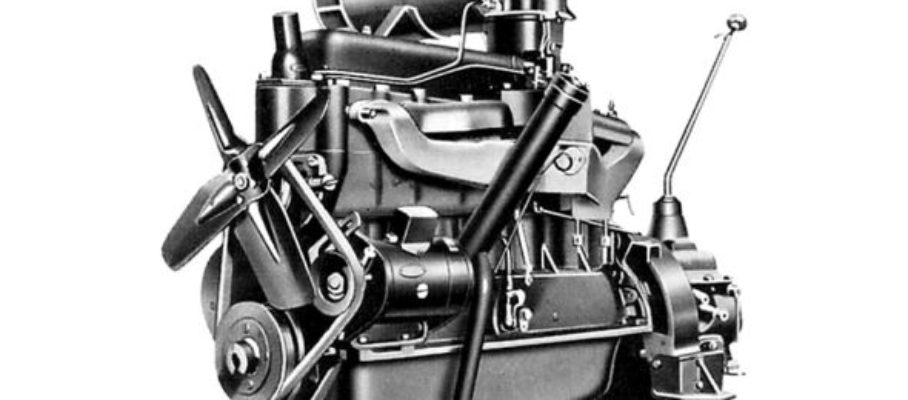Mar 30 2015
Toyota’s Shared-Parts Strategy | IndustryWeek
“Toyota said the move, aimed at cutting development costs by 20%, would start with mid-sized, front-wheel-drive vehicles this year. It wants half of vehicles it sells globally by 2020 to fall under the new platform strategy.”
Source: www.industryweek.com
Specifics are trickling out about Toyota’s plans. It seems that they want to make more different products from fewer components and have plants that are competitive even at low volume.
Readers’ comments on the idea of having fewer platforms and more common parts are focused on the risk of extensive recalls, and the way such recalls can wipe out any savings achieved by the strategy.
It really is a matter of degree and of execution. Having fewer dashboard options might reduce the attractiveness of your products, but using fewer types of proportioning valves will not. Also, it is easier to ensure not only availability but quality as well for fewer components, making recalls less likely.
With regards to volume in a given plant, Toyota’s strategy seems a continuation of their work on the Global Body Line, in which the same infrastructure and fixtures could be used for robotic welding at high volume and manual welding at low volume.
See on Scoop.it – lean manufacturing








Mar 30 2015
Toyota’s car factory of the future | Autocar Professional
“Toyota says it has has completely re-thought the way its future car factories will operate. Its plans for the new-generation factories – nicknamed ‘simple and slim’ – are well advanced. Toyota claims they will be 25 percent smaller than existing plants, require 40% less investment and emit up to 55% less CO2. Toyota also plans to re-engineer the production lines so they can be shortened or lengthened in less than 80 minutes. It’s claimed that a standard line can be shrunk from a 100,000 car-per-year capacity to just 50,000 cars, or vice versa. This would allow capacity to be easily reduced or increased depending on demand”
Source: www.autocarpro.in
Thanks to Rob van Stekelenborg, a.k.a. Dumontis, for this scoop, which, again provides more specifics on Toyota’s plans, including surface-mounted conveyors, smaller paint shops, laser screw welding, what sounds like induction heating of sheet metal for stamping, and a variety of energy saving techniques.
See on Scoop.it – lean manufacturing
Share this:
Like this:
By Michel Baudin • Press clippings 1 • Tags: Toyota, TPS